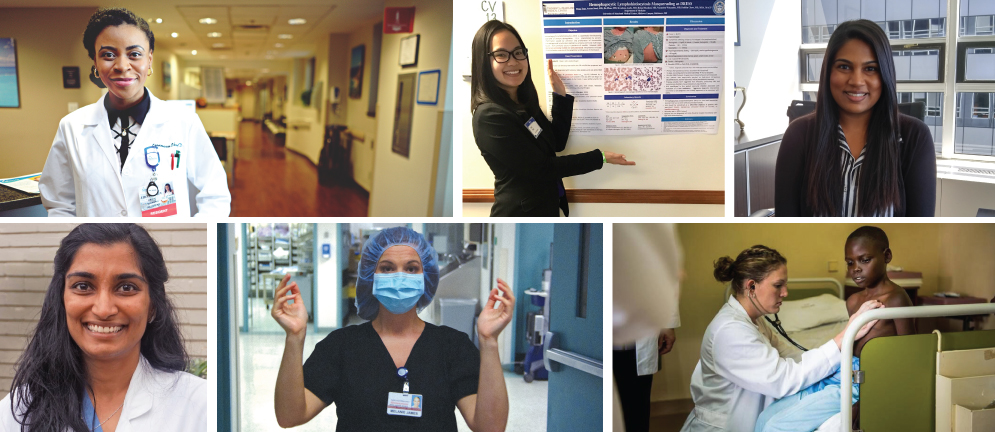
On March 8 every year since 1911, we celebrate International Women’s Day to bring awareness to gender equality – highlighting the major cultural, political, social, and economic achievements women have made over time, while also shining a light on the work that still needs to be done.
International Women’s Day is an opportunity to reflect on the UN’s Sustainable Development Goals, particularly Goal 4: “Ensure inclusive and quality education for all and promote lifelong learning,” and Goal 5: “Achieve gender equality and empower all women and girls.”
The 2019 International Women’s Day theme is: “Think equal, build smart, innovate for change.” It focuses on innovative ways we can empower all women and girls and advance gender parity. To reach a “Planet 50-50” by 2030, we must combat the status quo and embrace interventions that fight for equality.
In STEM (science, technology, engineering and math) occupations a gender gap persists across industries; women represented less than a quarter of those in STEM jobs in the U.S. in 2015. In medicine, we have made encouraging strides toward gender balance. Women formed the majority of applicants and matriculates at U.S. medical schools in 2018. Compare that with this account from Donald A. Barr, MD, PhD, of Stanford University:
“In 1969, as the first medical student to be a member of my medical school’s admission committee, I witnessed a level of gender discrimination I had never even imagined. In considering the application of a female student, a senior member of our committee (and a nationally known clinical scholar) said, ‘She’ll probably have kids and drop out of medicine, so let’s not waste the spot on her.’ Even though her grades, test scores, and documented extracurricular activities were noticeably more impressive than those of the male candidate we admitted immediately after her, we turned down her application for admission. At a time when approximately 7% of medical students nationally were women, our committee was not alone in its “reluctance to train women for medicine, often justified by their failure to use their education.”
In the 50 years since Dr. Barr witnessed this example of discrimination, the gender ratio has shifted so that women now make up nearly one-third of practicing physicians. That is a notable sign of progress, but it doesn’t mean that we have eradicated gender inequality.
A 2017 study found that female physicians continue to be passed over for recognition awards, which give access to important resources and leadership activities. In one particularly striking case, the American Academy of Physical Medicine and Rehabilitation hadn’t given a woman an achievement award in 40 years.
Women in academic medicine perceive lower gender equity, compared with their male colleagues. The 2013-2014 American Association of Medical Colleges’ report found a distinct gender disparity in leadership positions. Though 46% of all residents are female, only 38% of faculty, 21% of full professors, and 16% of deans are female.
The American College of Physicians (ACP) published a position paper in 2018 drawing attention to the challenges female physicians face, including gender bias, discrimination, and a culture that makes work-life balance difficult. The paper also made recommendations for closing the persistent gender wage gap and advancing women’s careers in medicine.
American University of Antigua (AUA) College of Medicine is proud to have a 50-50 ratio between female and male medical students. Gender balance among medical professionals is an essential ingredient to providing the best possible care for diverse patients.
Learn more about AUA’s commitment to diversity.







